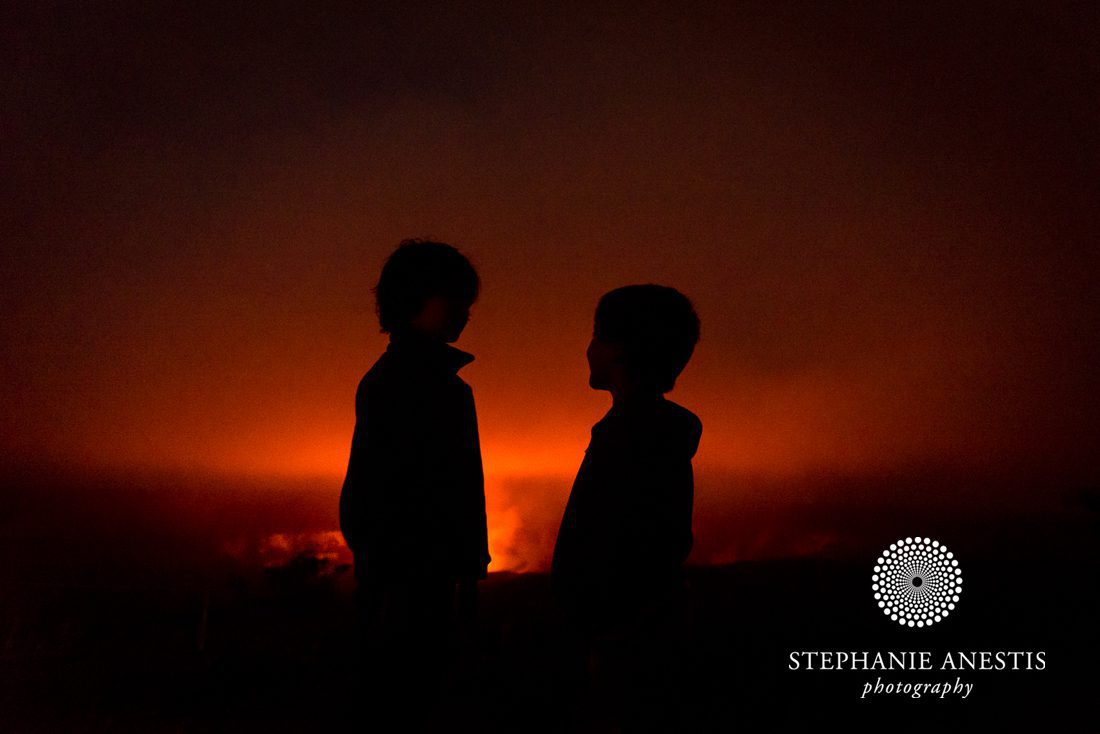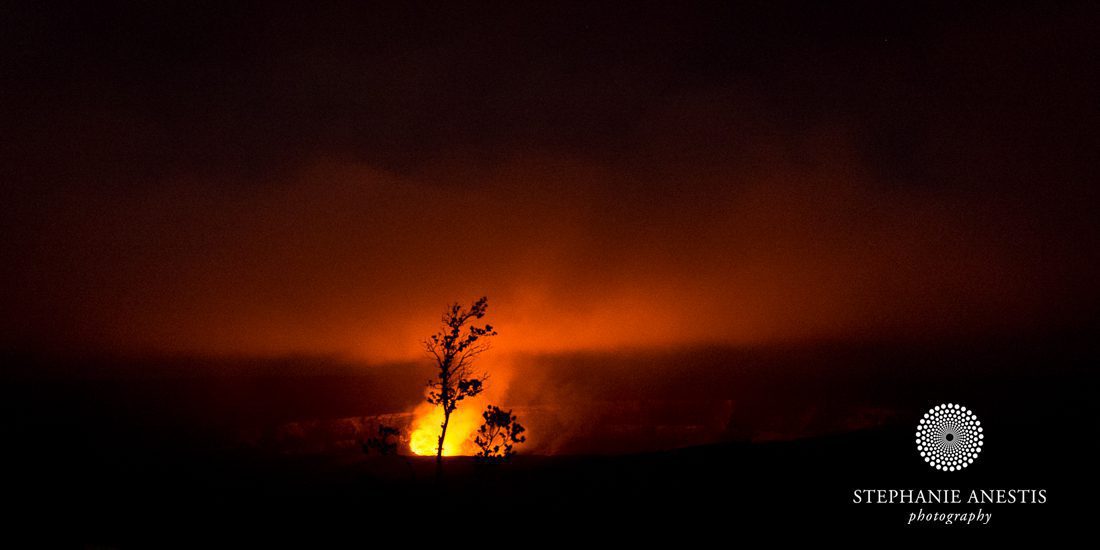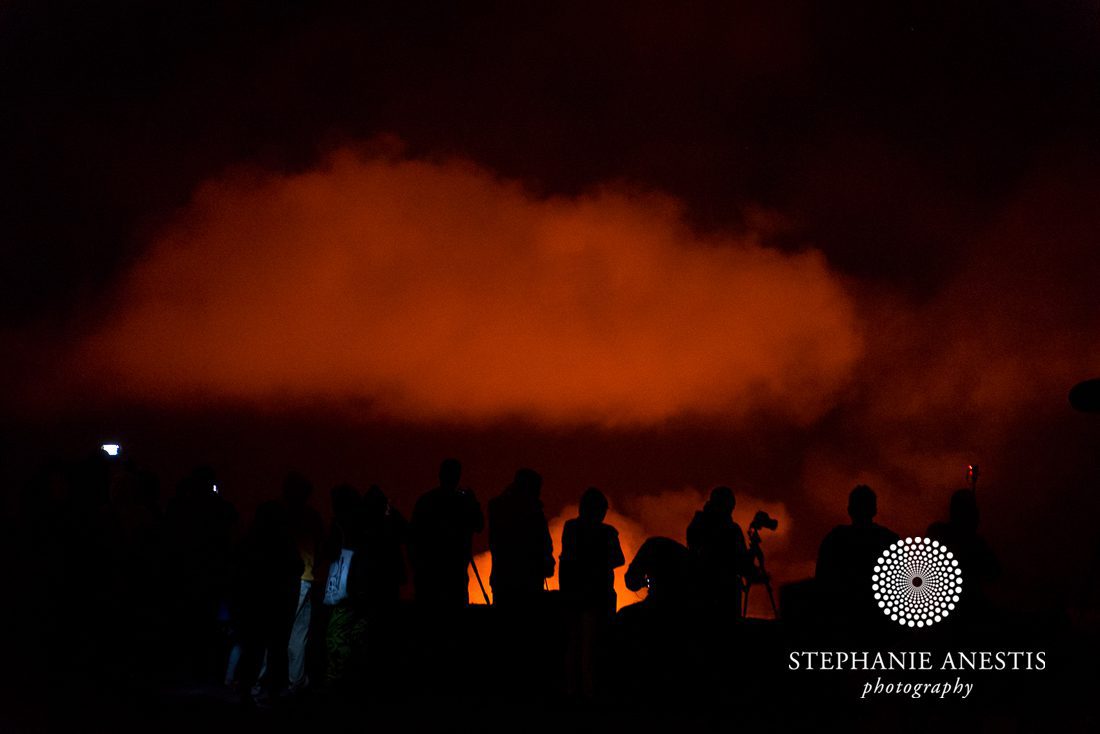Travel photography, Hawaii photography
Finally, post #2 about our March Hawaii trip! You can find part 1 here; after a beautiful, sunny four days on the Kohala Coast, we drove through the north/center of the island (with a stop at the Waipio lookout point, first photo below) into the misty hills and over to the east side. They say that the Big Island has all the major ecosystems on one island; what I didn’t fully appreciate until being there was how quickly you can pass from one to the next. Within 20 minutes of being on a sunny beach in an arid environment you can drive into lush pastureland where it feels like the mist never stops. The “Hilo” side of the island (the east) does get some sun, but we didn’t see it during our three days there! Still, the overcast did not change the beauty and majesty of what we saw. I am a sun/beach person, but I’d go back to Volcano National Park in a heartbeat, and I would 100% stay where we did again–a treehouse :0! It was a highlight of the trip for all of us, especially because it was simultaneously isolated/wild and amazingly comfortable (fantastic beds, working kitchen, hot running water and a great shower).
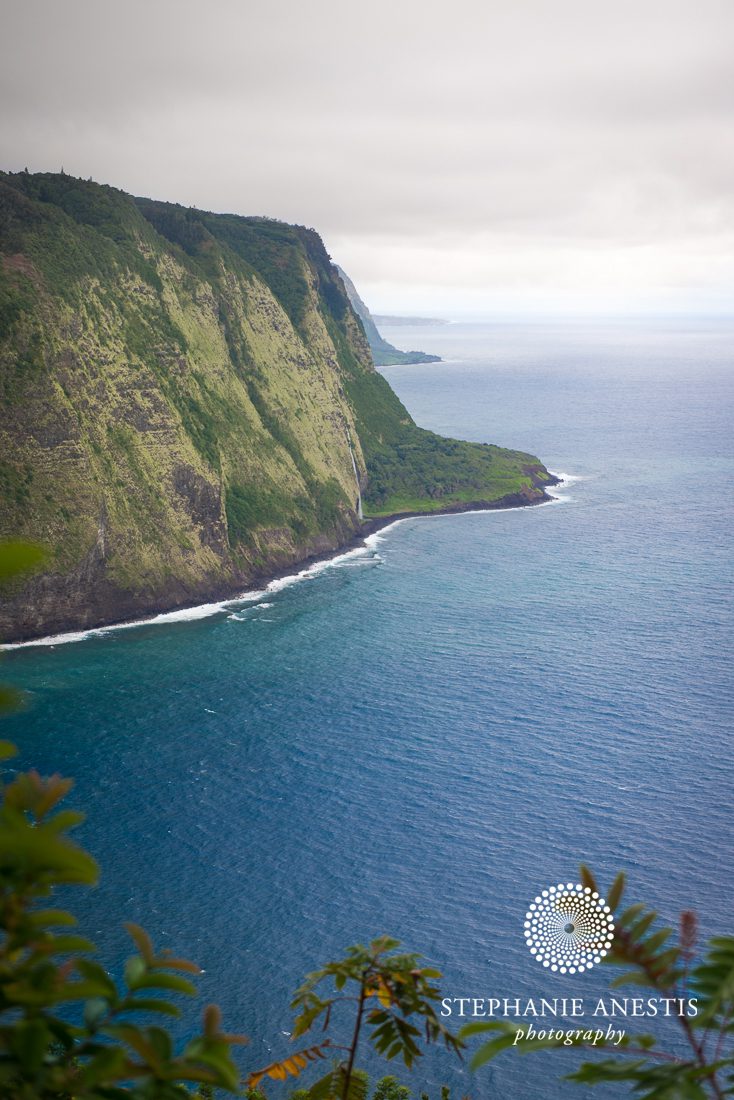
The kitchen area of the treehouse, with the shower at the back.
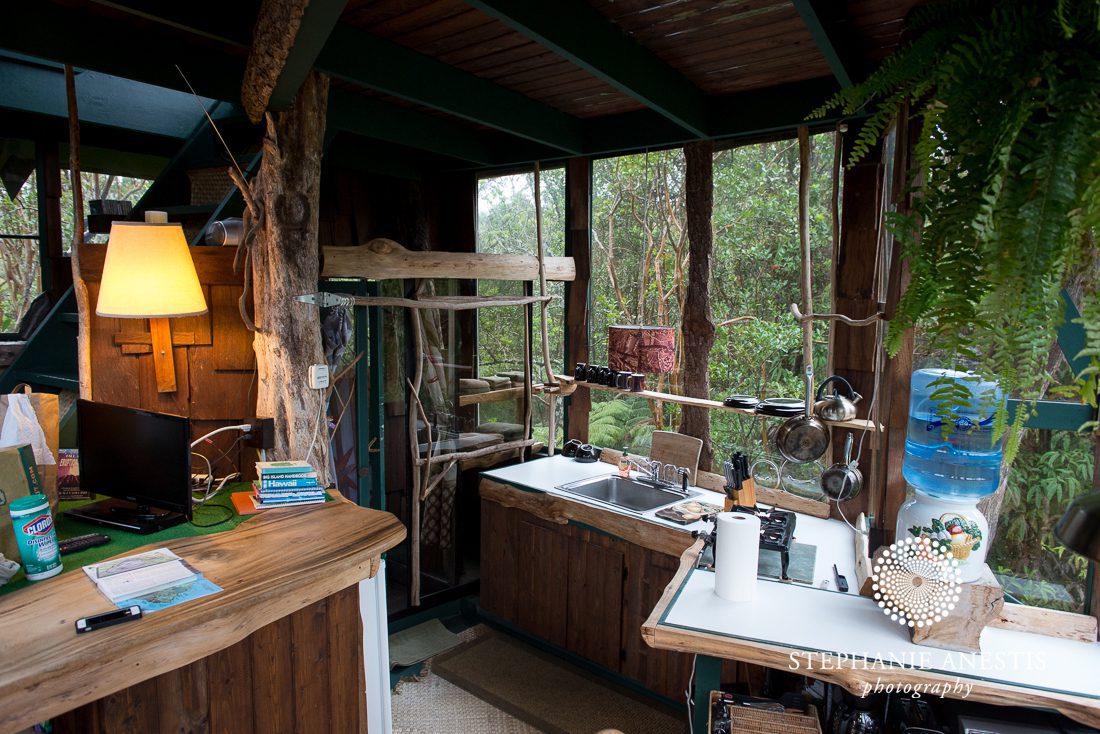
Living room, with huge skylights and a wood stove.
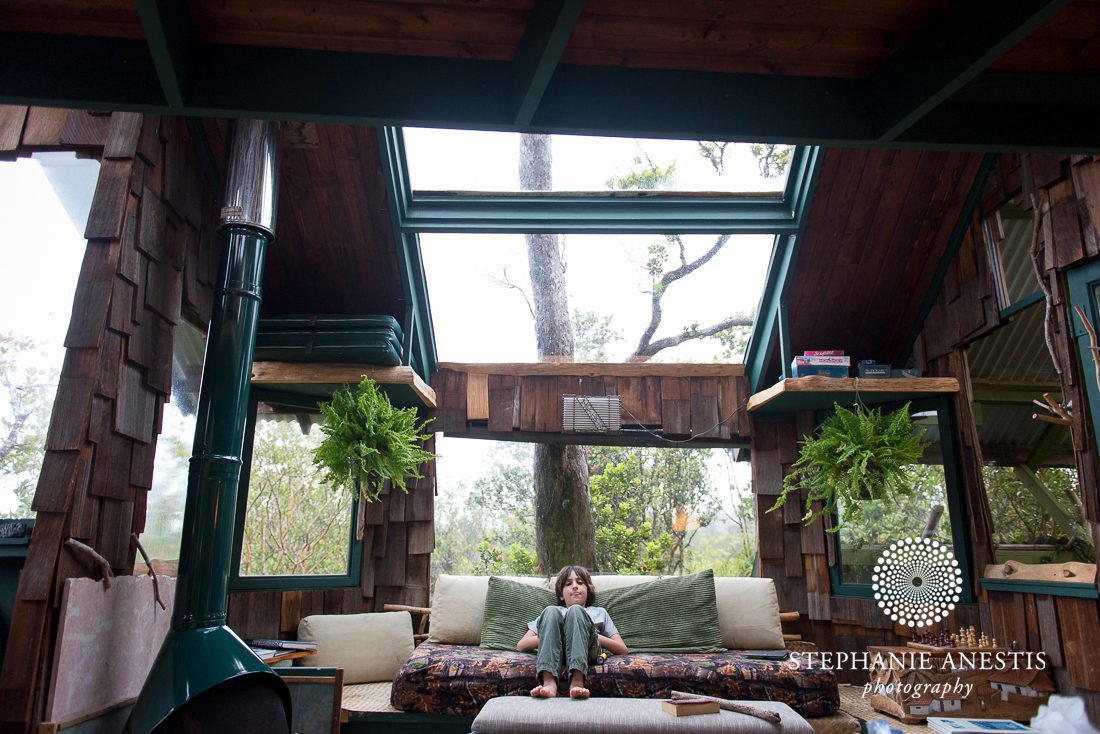
The treehouse even has a walkway that leads out to a small deck.
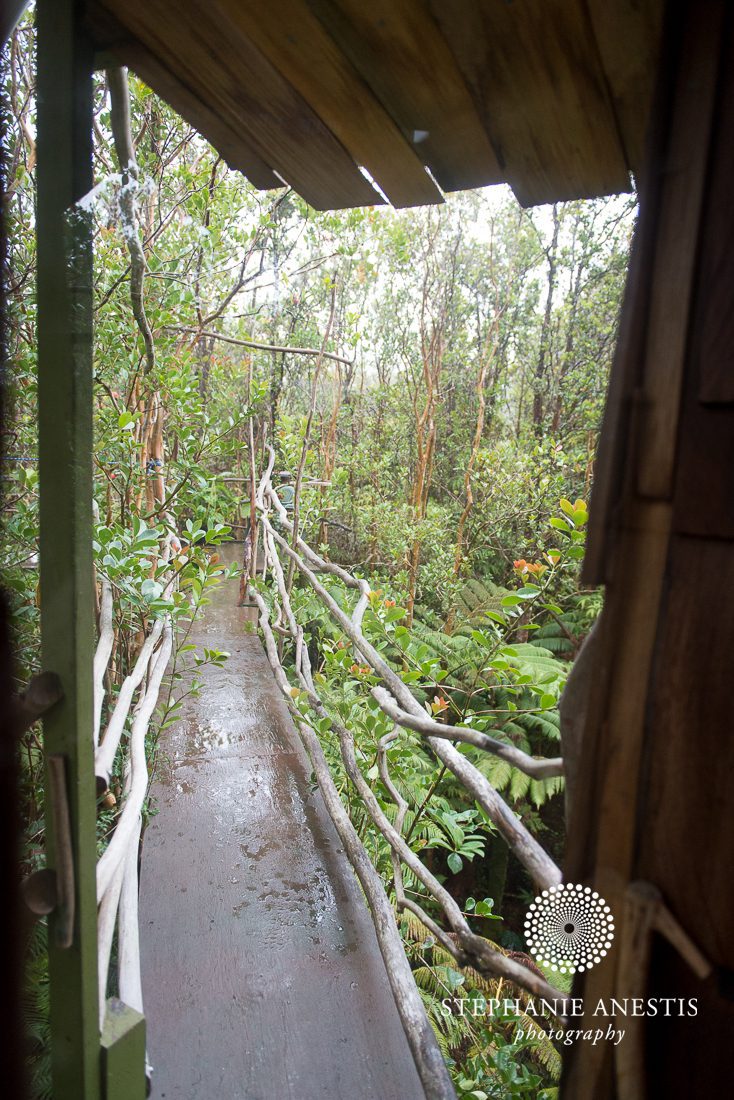
View of the living room from the loft bedroom. Skye (the builder/owner) has artfully used all the little nooks and crannies for storage. He built two treehouses, both of them using materials he found in scrapyards or leftovers from other jobs.
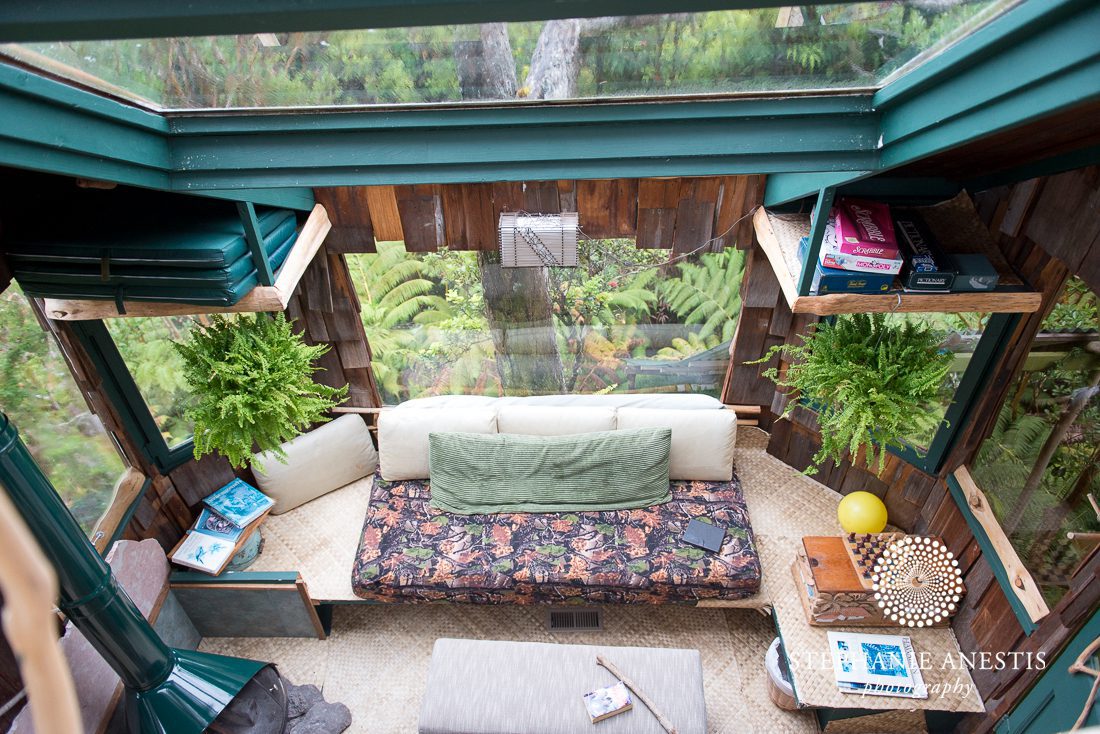
One of the bedrooms, which has incredible views over the treetops. Such an amazing way to wake up!
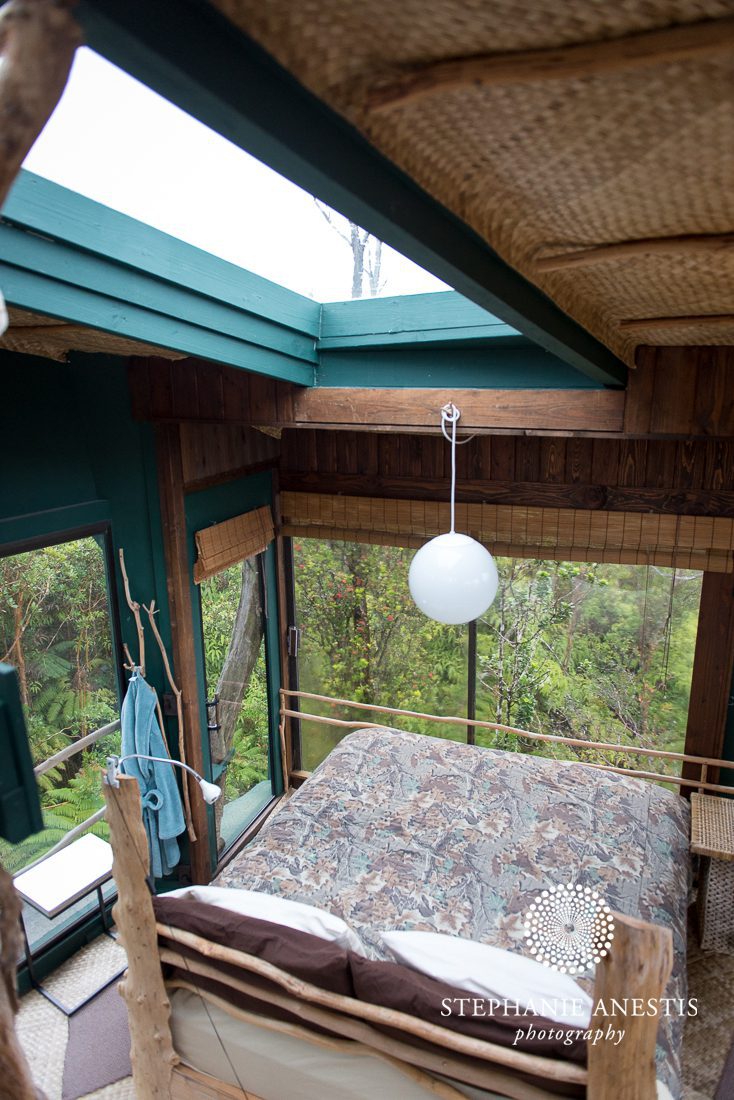
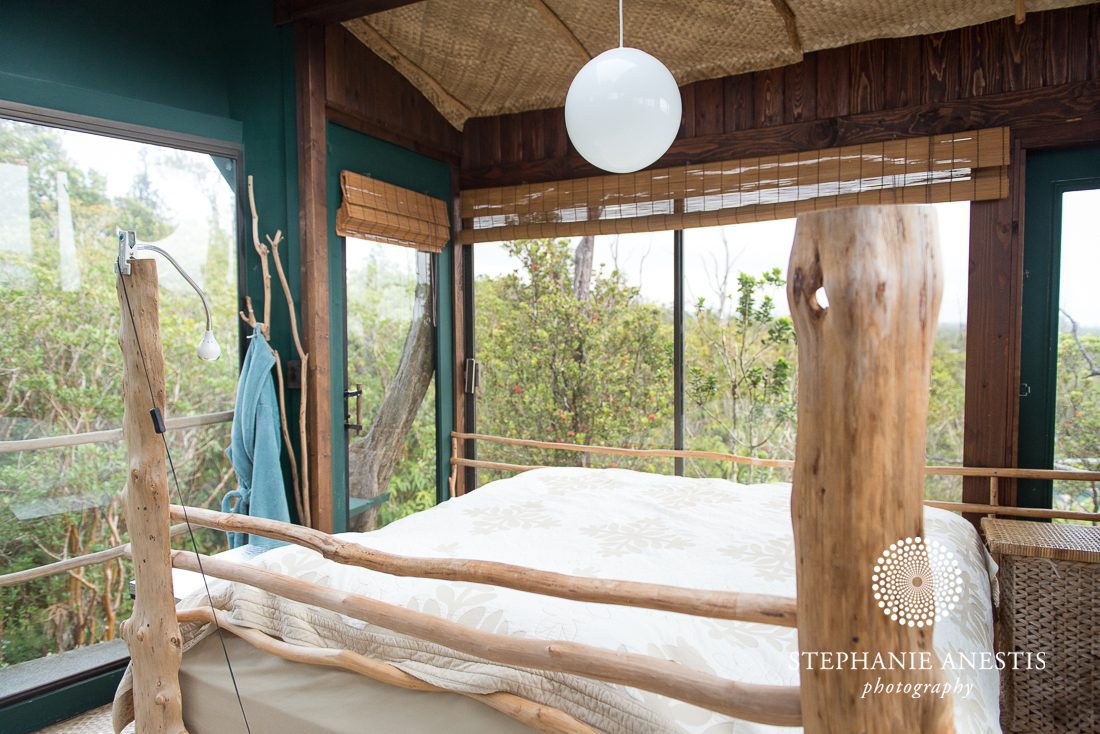
The grounds around the treehouse are lush and tropical, and even the pathway leading up to it is winding and almost secret, adding to the mysterious feel of staying in such an exotic place.
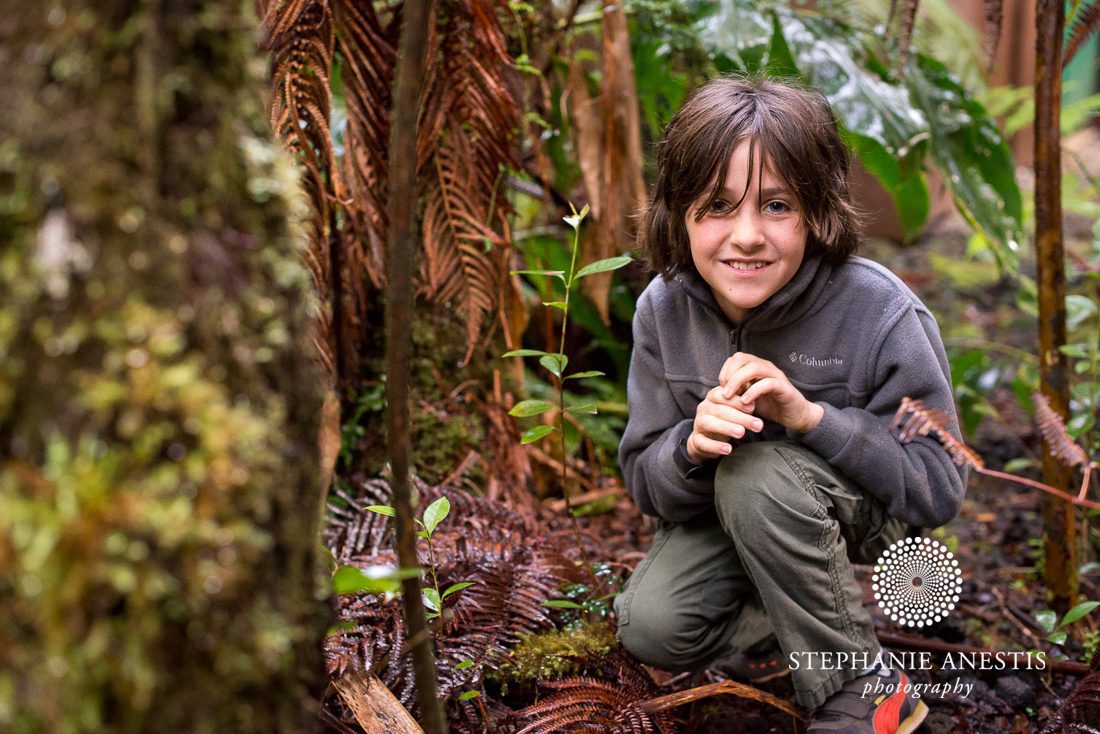
The plant life is so different from what we are used to in Connecticut! These purple fiddleheads sparkled as water droplets clung to the tiny hairs.
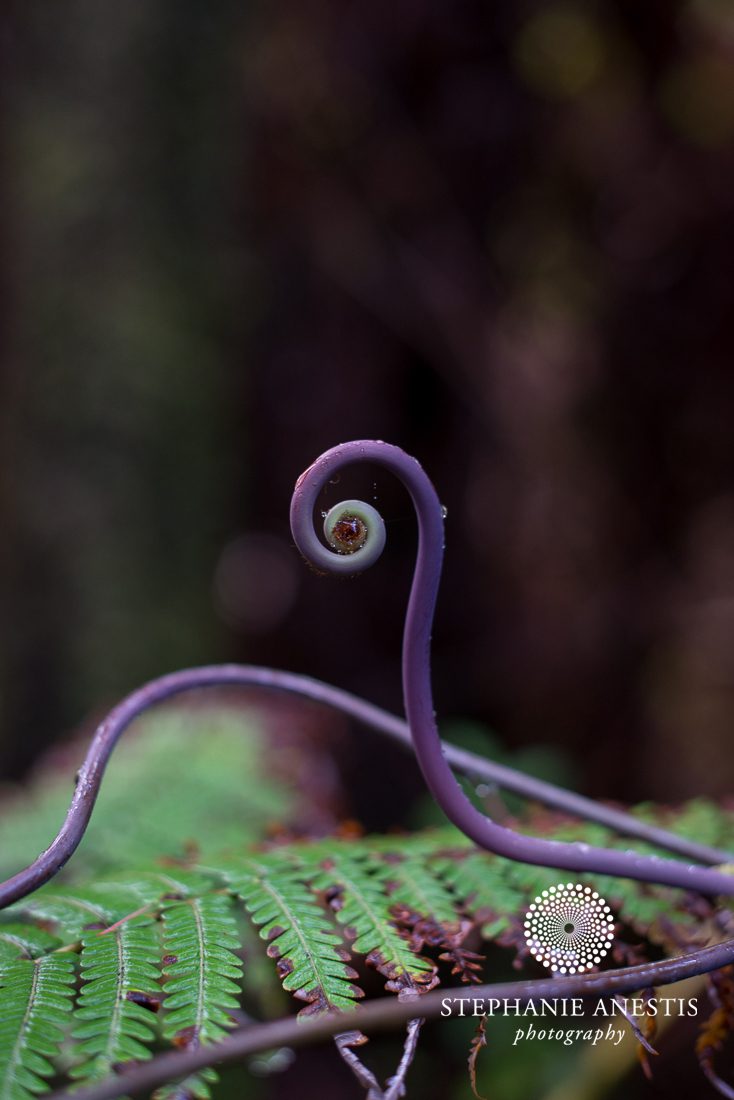
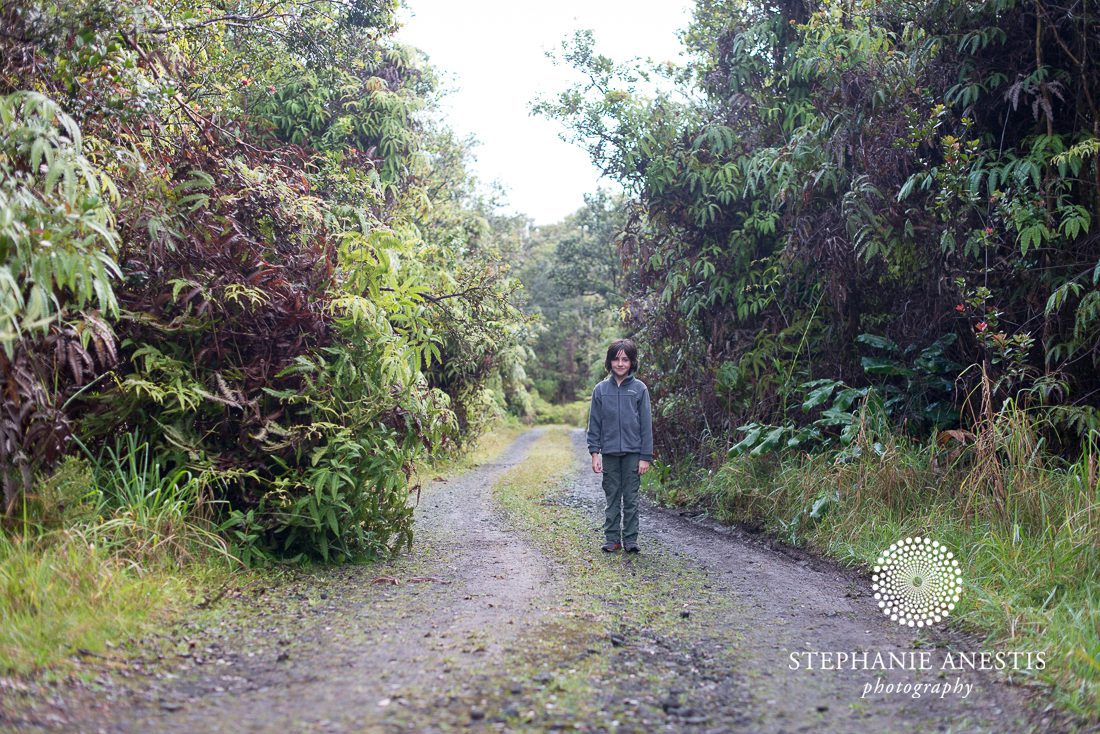
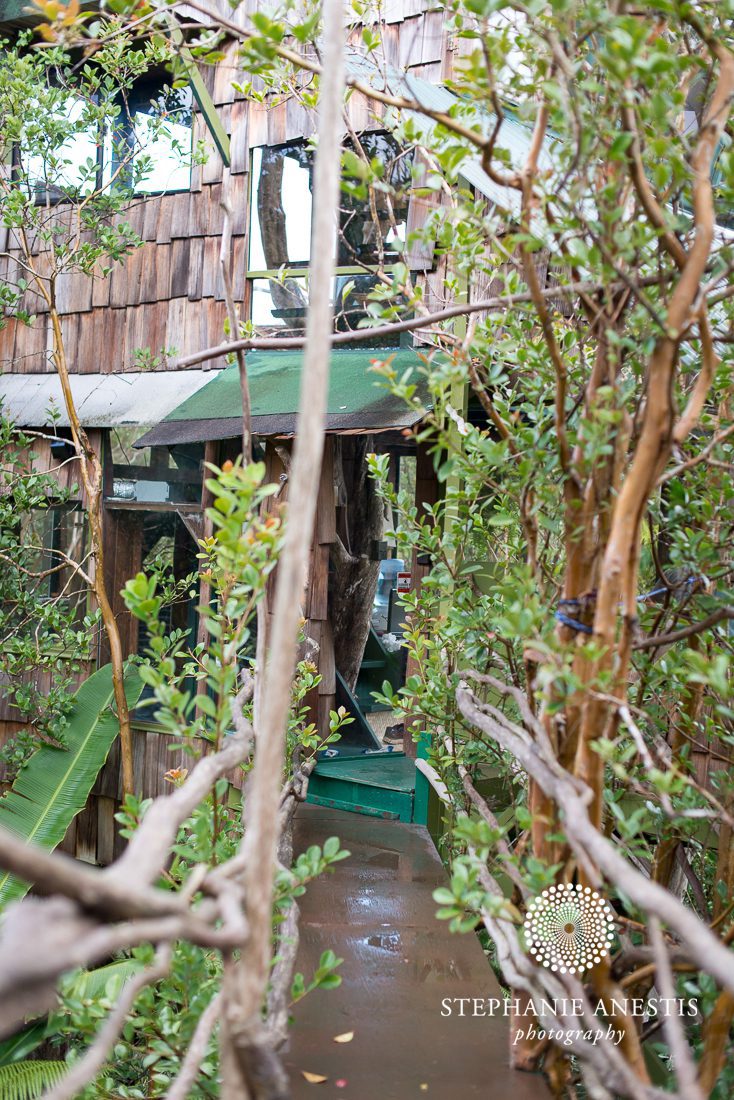
View of the caldera. When we were there in March, you could see steam rising, but not active lava flow.
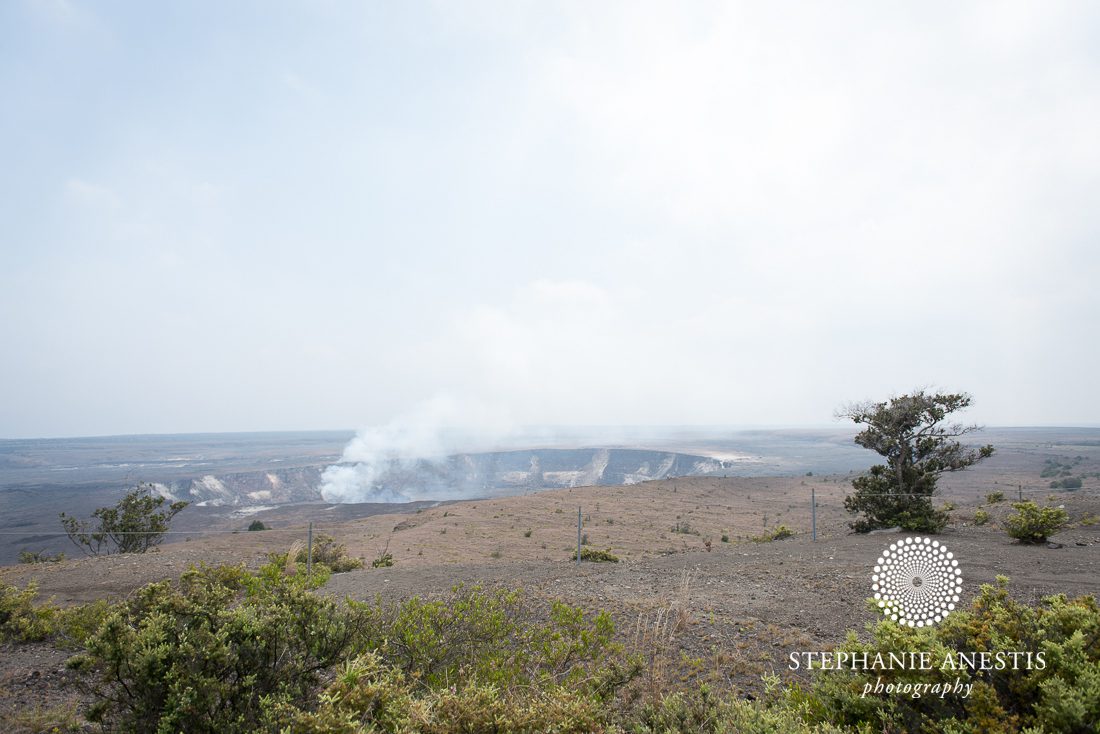
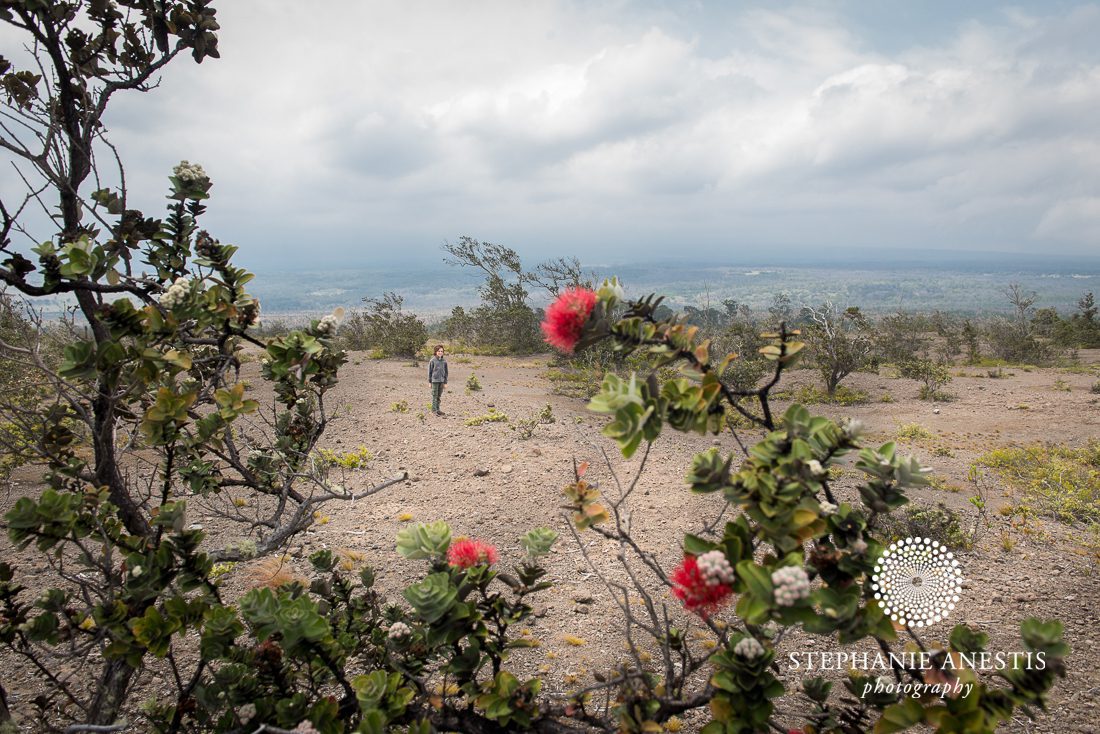
If you look carefully at the photo below you can see steam rising from a crack in the caldera.
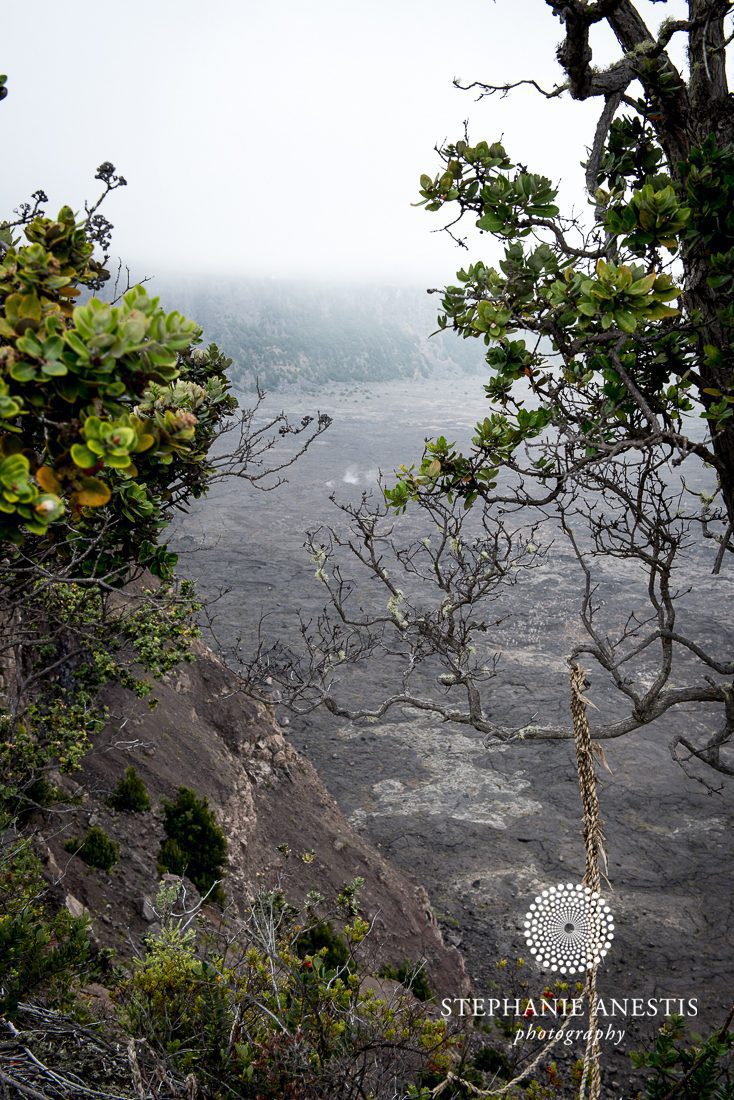
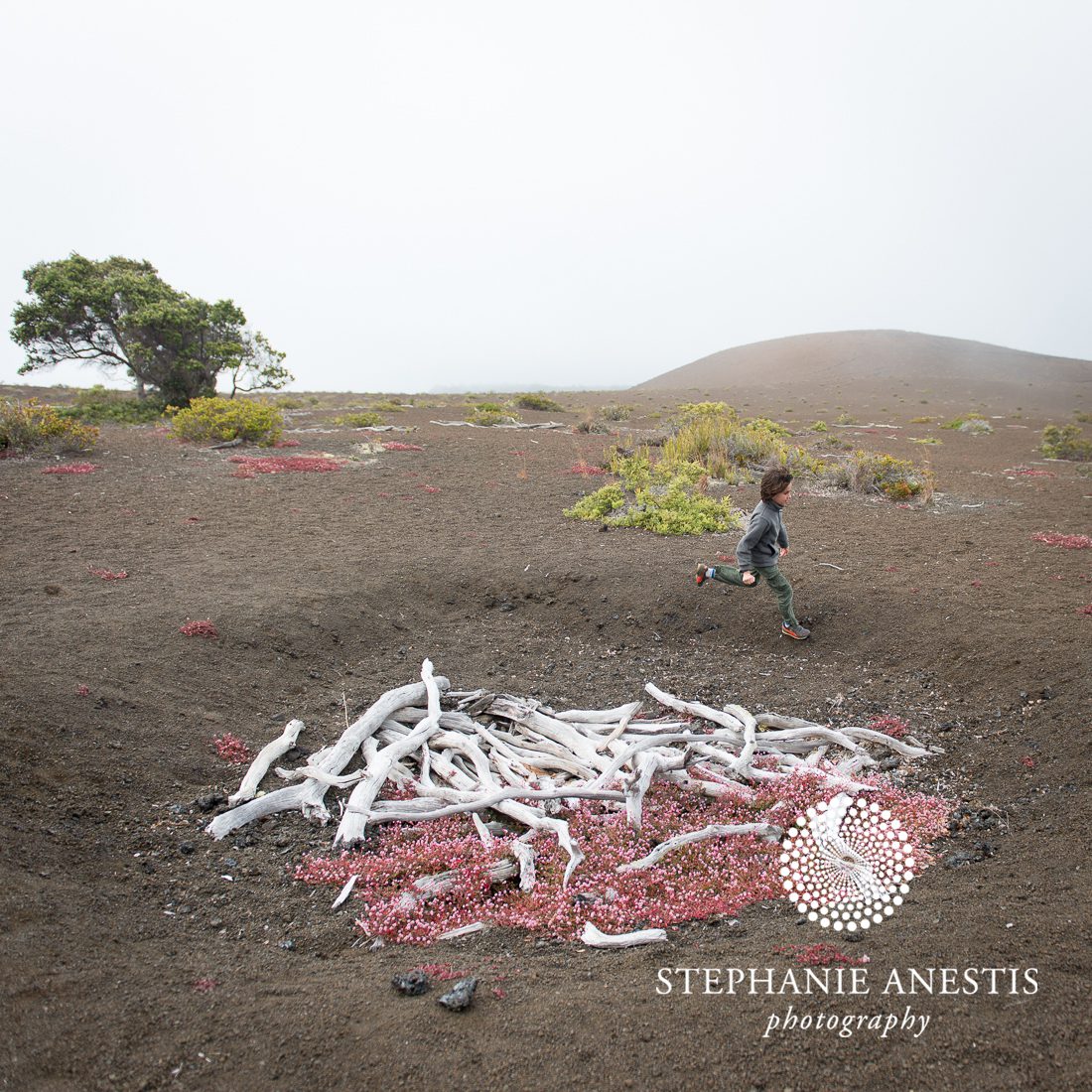
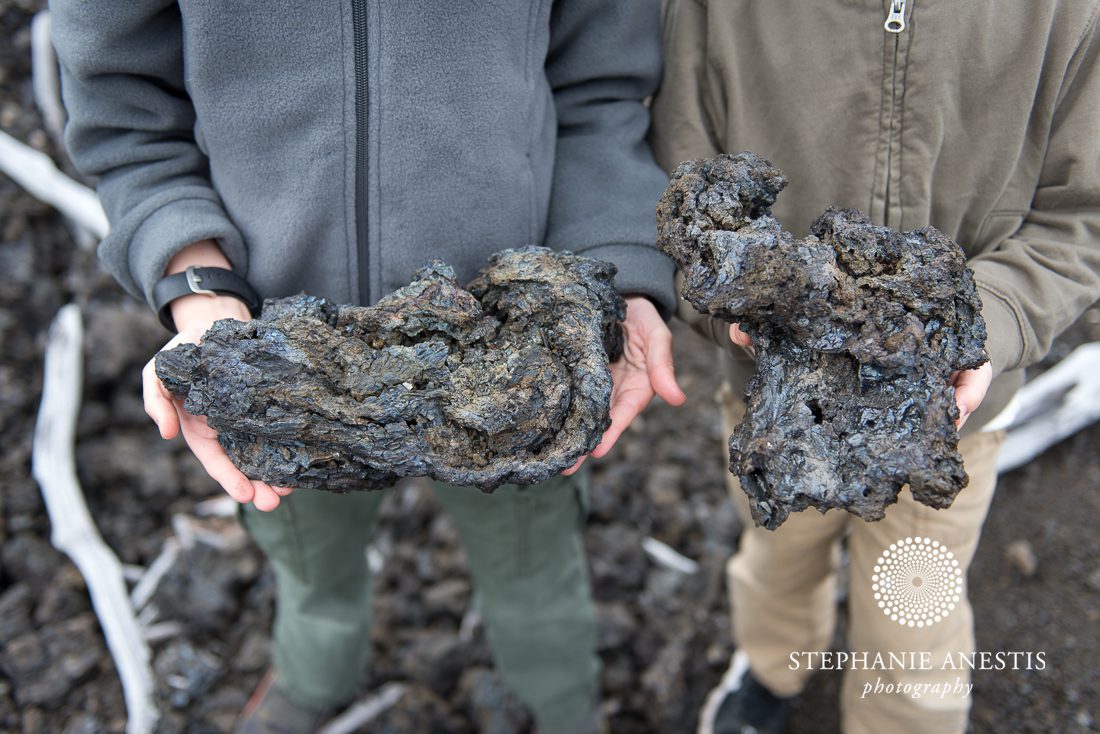
In the photo below, the tuft coming out from the O’hia tree trunk is actually a root, poised and ready in case of lava flow to help the tree survive when all lower roots are encased in lava. The trees send these out at different heights. An amazing adaptation!
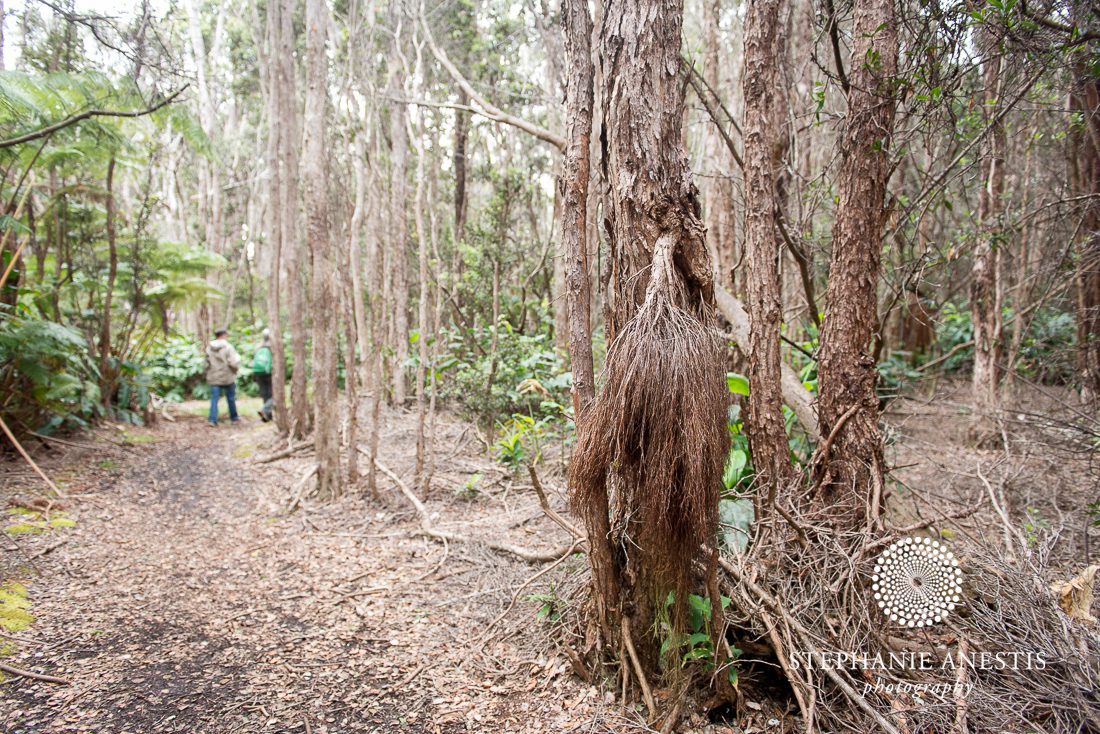
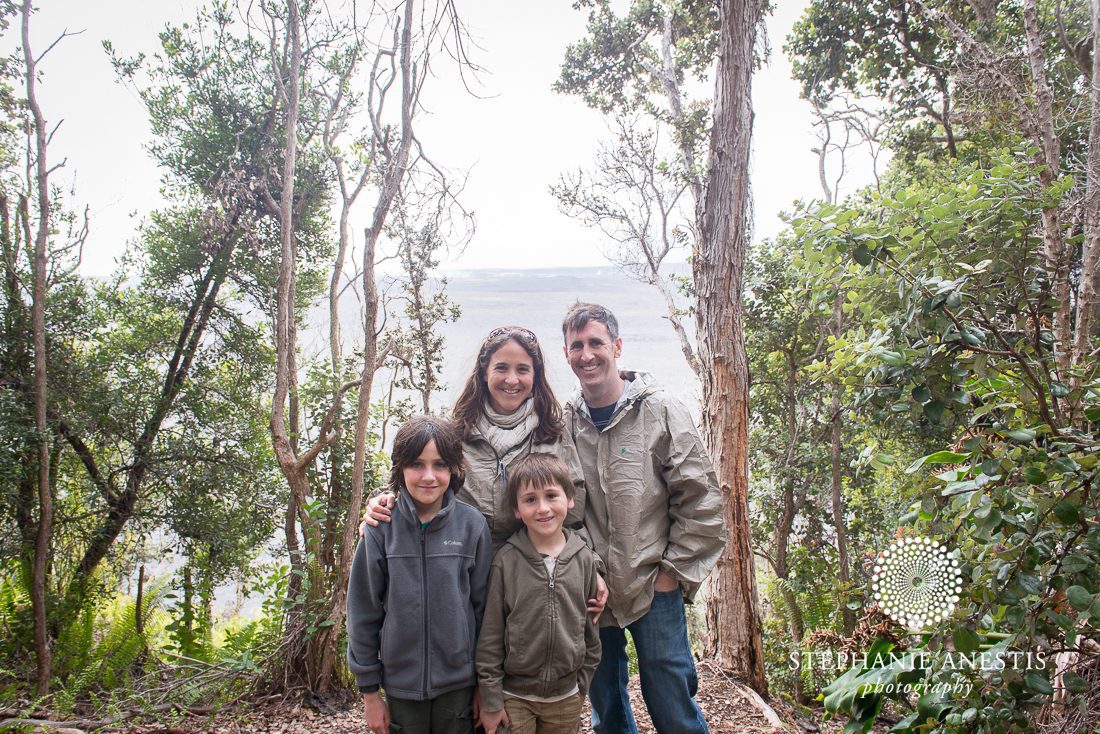
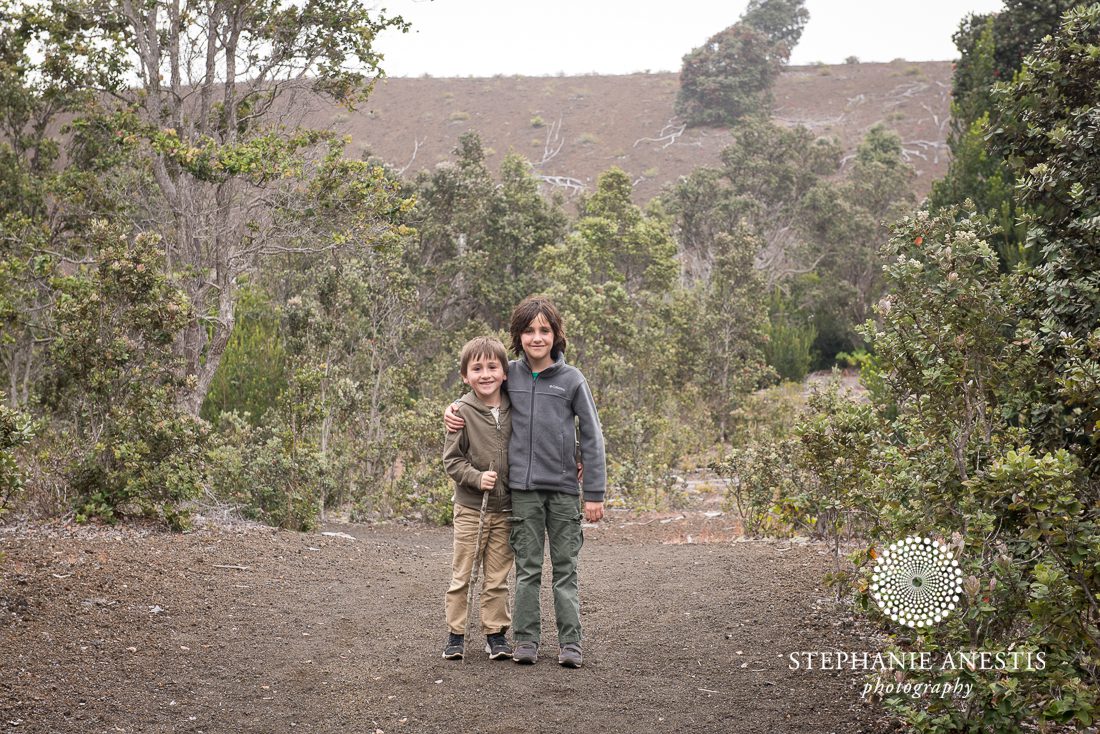
Colorful layers in lava due to different concentrations of metals.
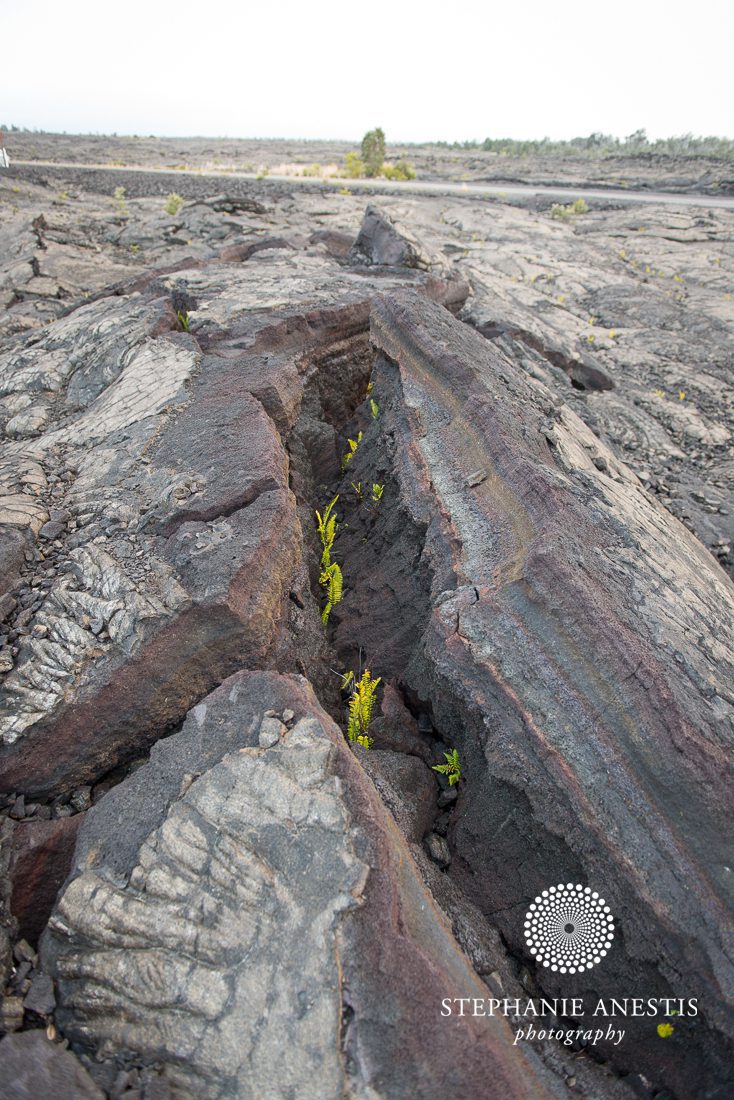
Miles and miles of lava with just O’hia trees growing (they are the first to colonize lava fields).
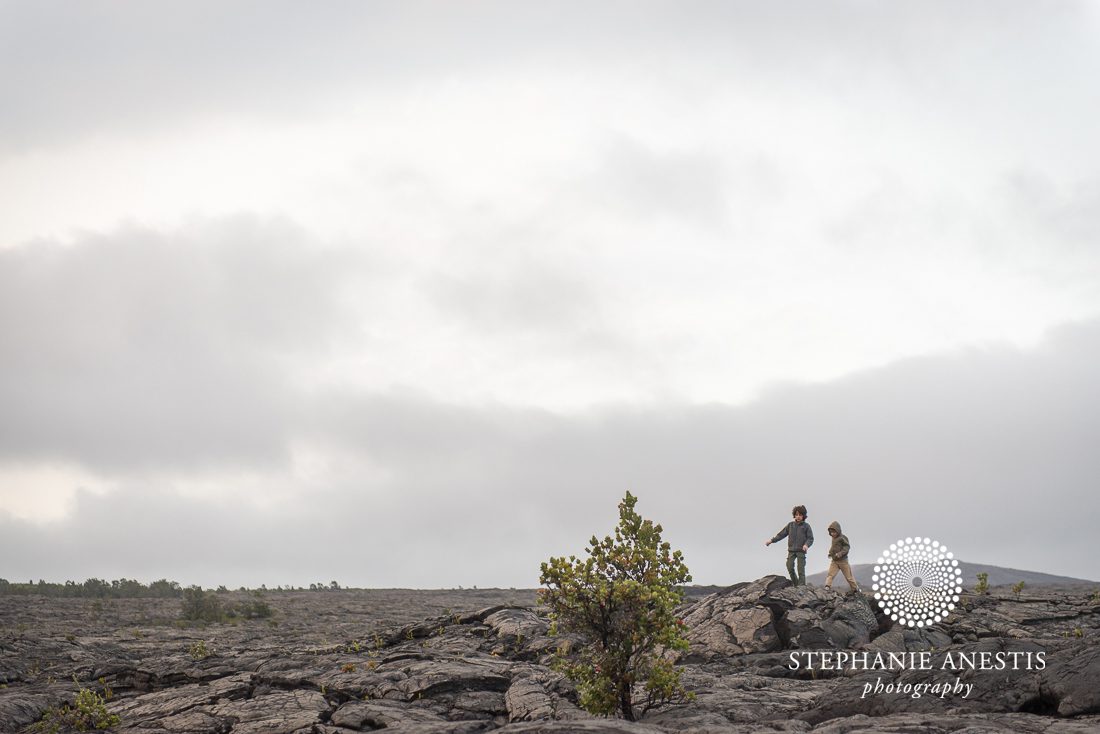
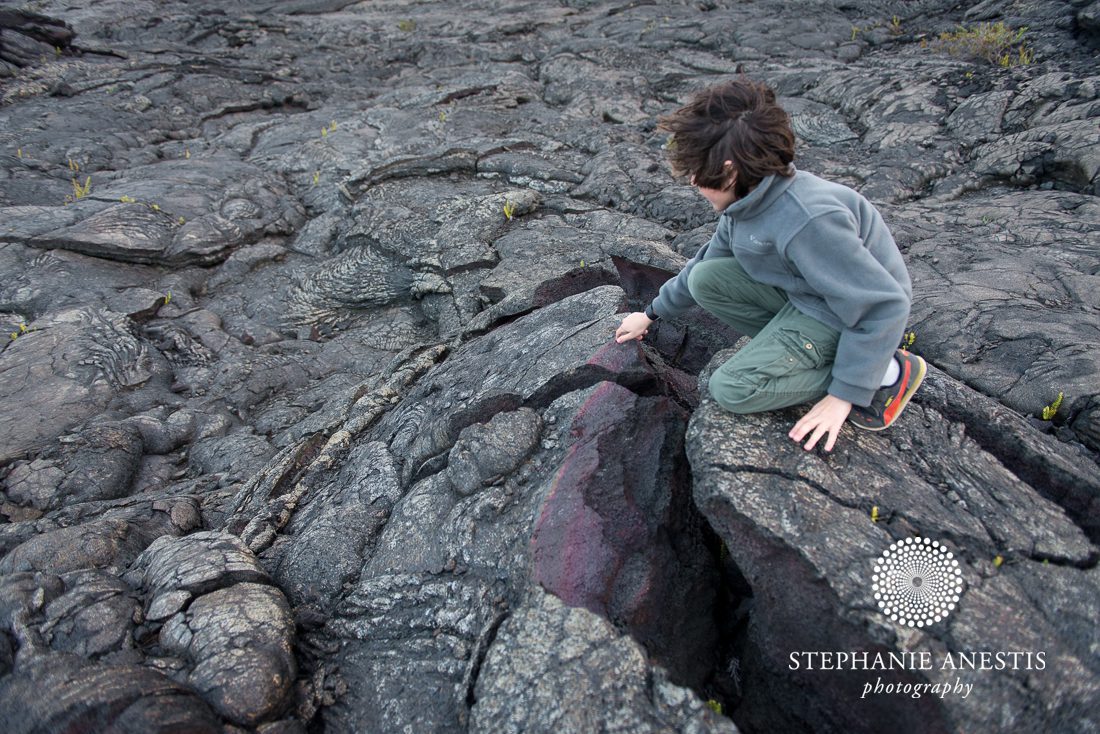
Below is the Thurston lava tube. It was amazing to walk underground, surrounded by hardened lava!
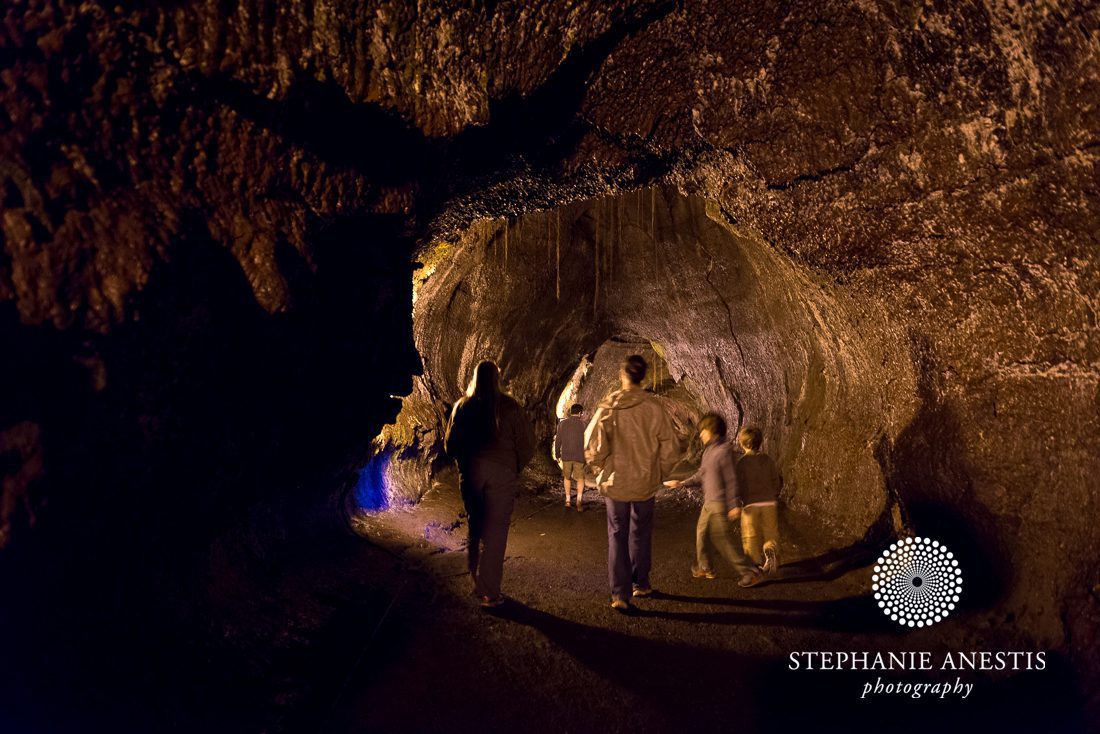
Our Lavaland tour was incredible; our guide Malia was so knowledgeable and knew where to take us at just the right time to maximize our enjoyment of the park. We returned to the caldera after nightfall, so that we could see the glow–which was AMAZING. It made the volcano feel very real and was a great way to end a perfect day.
